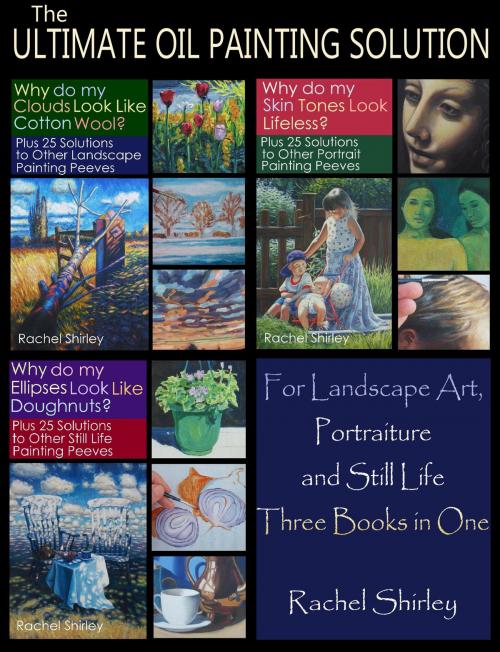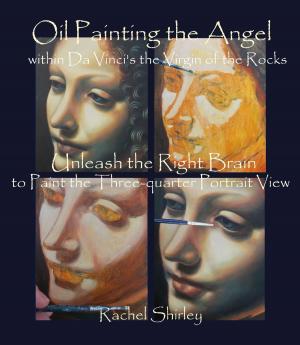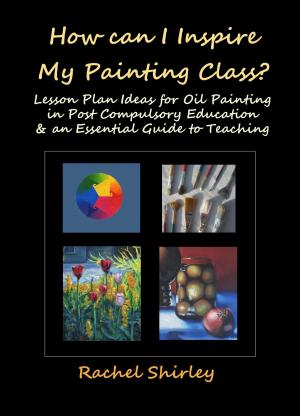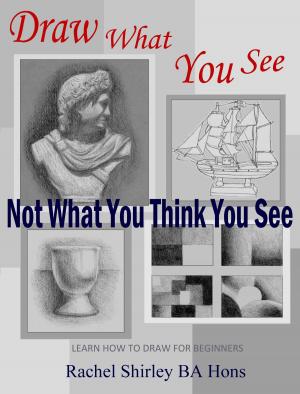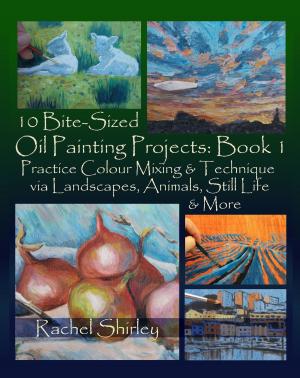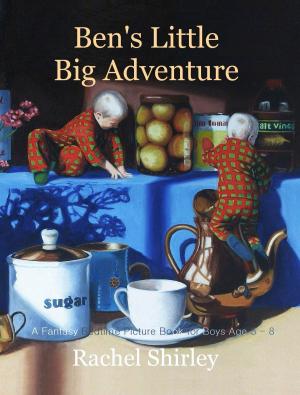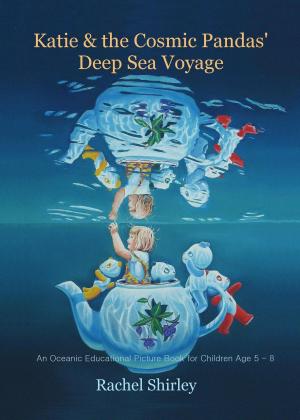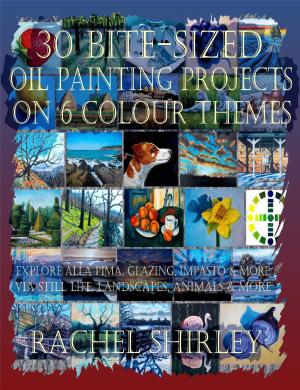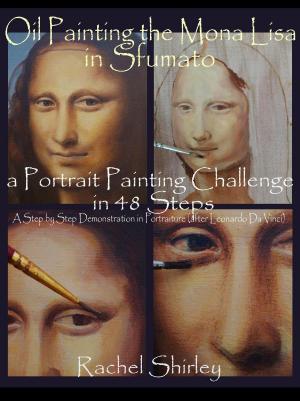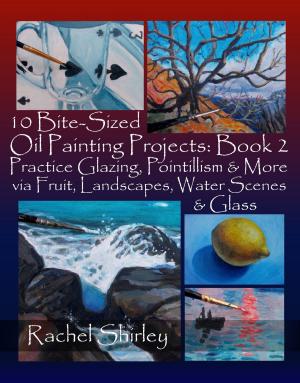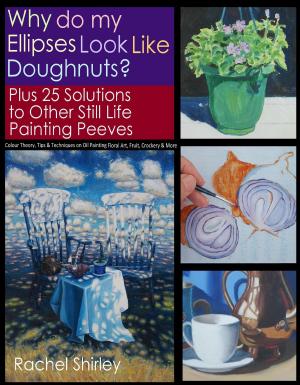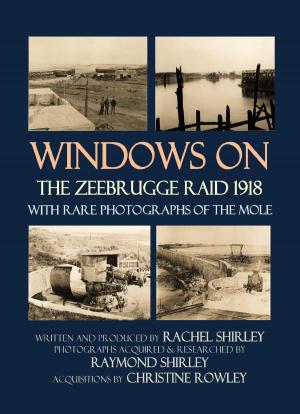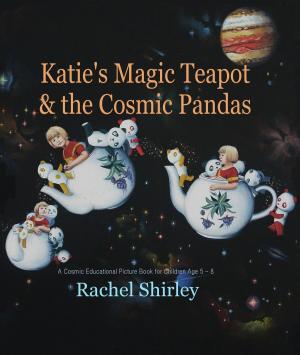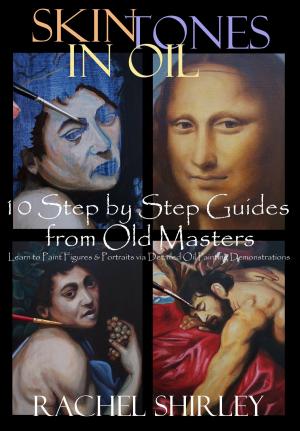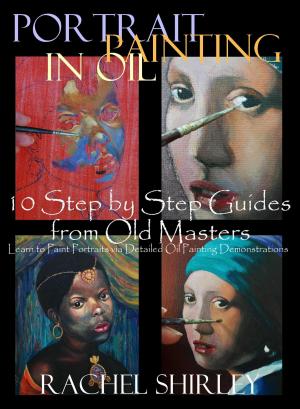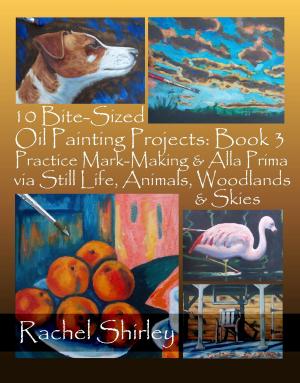The Ultimate Oil Painting Solution – for Landscape Art, Portraiture and Still Life (Three Books in One)
Nonfiction, Home & Garden, Crafts & Hobbies, Art Technique, Oil Painting, Art & Architecture, General Art| Author: | Rachel Shirley | ISBN: | 9781370250868 |
| Publisher: | Rachel Shirley | Publication: | October 12, 2017 |
| Imprint: | Smashwords Edition | Language: | English |
| Author: | Rachel Shirley |
| ISBN: | 9781370250868 |
| Publisher: | Rachel Shirley |
| Publication: | October 12, 2017 |
| Imprint: | Smashwords Edition |
| Language: | English |
Ever had trouble with ellipses, perspectives, colour theory, skin tones, painting skies, reflections, water, eyes, fruit, glass, flowers and more? This bumper oil painting ebook problem-solver tackles 78 such painting ‘peeves’ with suggested solutions.
The Ultimate Oil Painting Solution comprise three full-length art books: “Why do my Clouds Look Like Cotton Wool?” a problem-solver for landscape painting; “Why do my Skin Tones Look Lifeless?” a problem-solver for portrait painting, and “Why do my Ellipses Look Like Doughnuts?” a problem-solver for still life painting. Each book can be purchased singly if interested in just one subject area. However, purchasing the three in this bundle ebook will work out a little cheaper than buying the three ebooks individually.
Each book comprises 26 common ‘peeves’ (in the form of chapters) associated with the oil painting area concerned, and therefore you will find 78 such peeves and suggested solutions collectively within.
The book has 80,000 words, 78 chapters and around 400 images.
Each book also possesses a step by step painting demonstration associated with the subjet area. These are Castlerigg Stone Circle (for landscape art); David’s Oath of the Horatii (for portraiture) and painting strawberries (for still life).
The ‘peeves’ selected represent common problem areas that students have experienced in my art classes. Such peeves include the rendering of foreshortenings, darkening skin colours, suggesting ripples in water, painting clouds, mixing greens, suggesting soft hair, painting noses, reflections in eyes, moisture on fruit, portrait photography, measuring tones, darkening snow colours and a myriad of other peeves.
As each book are in themselves separate entities, where applicable, similar information is presented in context of landscape art, portraiture and still life painting, although the information is presented differently. Examples of this are the art materials needed for painting and the nature of pigments. However, such occurences are mostly confined to the introductory chapters of each book and occur seldom elsewhere.
Key chapters in this book cover the colour theory, perspectives, drawing ellipses, the golden section, tonal values, underglazing, art techniques, the nature of pigments, essential art materials, drawing methods, monochromatic painting, composing an arrangement, negative shapes, painting en plein air, drawing foreshortenings, creating mood, making a viewfinder, colour temperatures, drawing methods, the rules of reflections, painting on a budget, types of gessoes, skin colours and much, much more.
The aim of this book is to find a ‘cure’ for a given issue and enable the developing artist to improve in the future. Most of all, to encourage creativity and growing confidence.
The author has a BA Hons Degree in Fine Art from Kingston University, London and a PCET teaching qualification from Warwick. She has written numerous articles and books on oil painting and has also been involved in countless commissions and projects.
Ever had trouble with ellipses, perspectives, colour theory, skin tones, painting skies, reflections, water, eyes, fruit, glass, flowers and more? This bumper oil painting ebook problem-solver tackles 78 such painting ‘peeves’ with suggested solutions.
The Ultimate Oil Painting Solution comprise three full-length art books: “Why do my Clouds Look Like Cotton Wool?” a problem-solver for landscape painting; “Why do my Skin Tones Look Lifeless?” a problem-solver for portrait painting, and “Why do my Ellipses Look Like Doughnuts?” a problem-solver for still life painting. Each book can be purchased singly if interested in just one subject area. However, purchasing the three in this bundle ebook will work out a little cheaper than buying the three ebooks individually.
Each book comprises 26 common ‘peeves’ (in the form of chapters) associated with the oil painting area concerned, and therefore you will find 78 such peeves and suggested solutions collectively within.
The book has 80,000 words, 78 chapters and around 400 images.
Each book also possesses a step by step painting demonstration associated with the subjet area. These are Castlerigg Stone Circle (for landscape art); David’s Oath of the Horatii (for portraiture) and painting strawberries (for still life).
The ‘peeves’ selected represent common problem areas that students have experienced in my art classes. Such peeves include the rendering of foreshortenings, darkening skin colours, suggesting ripples in water, painting clouds, mixing greens, suggesting soft hair, painting noses, reflections in eyes, moisture on fruit, portrait photography, measuring tones, darkening snow colours and a myriad of other peeves.
As each book are in themselves separate entities, where applicable, similar information is presented in context of landscape art, portraiture and still life painting, although the information is presented differently. Examples of this are the art materials needed for painting and the nature of pigments. However, such occurences are mostly confined to the introductory chapters of each book and occur seldom elsewhere.
Key chapters in this book cover the colour theory, perspectives, drawing ellipses, the golden section, tonal values, underglazing, art techniques, the nature of pigments, essential art materials, drawing methods, monochromatic painting, composing an arrangement, negative shapes, painting en plein air, drawing foreshortenings, creating mood, making a viewfinder, colour temperatures, drawing methods, the rules of reflections, painting on a budget, types of gessoes, skin colours and much, much more.
The aim of this book is to find a ‘cure’ for a given issue and enable the developing artist to improve in the future. Most of all, to encourage creativity and growing confidence.
The author has a BA Hons Degree in Fine Art from Kingston University, London and a PCET teaching qualification from Warwick. She has written numerous articles and books on oil painting and has also been involved in countless commissions and projects.
